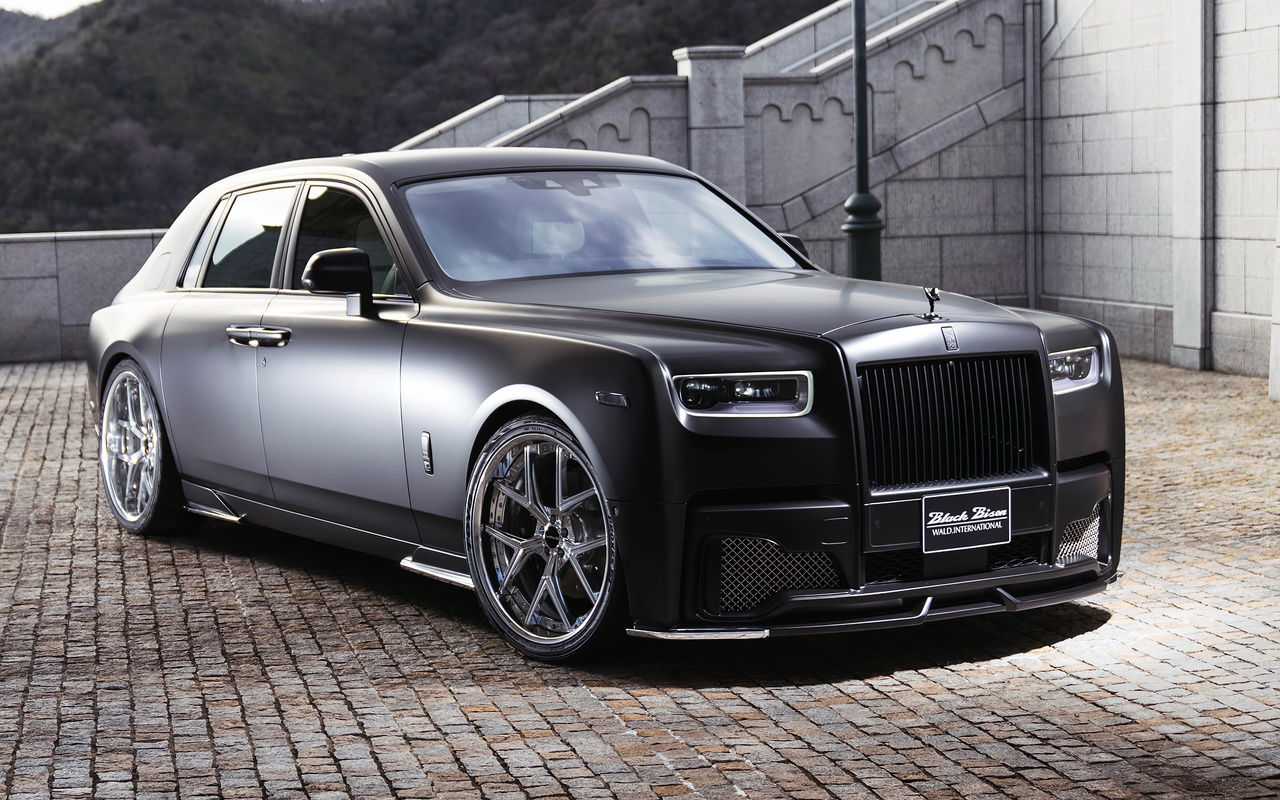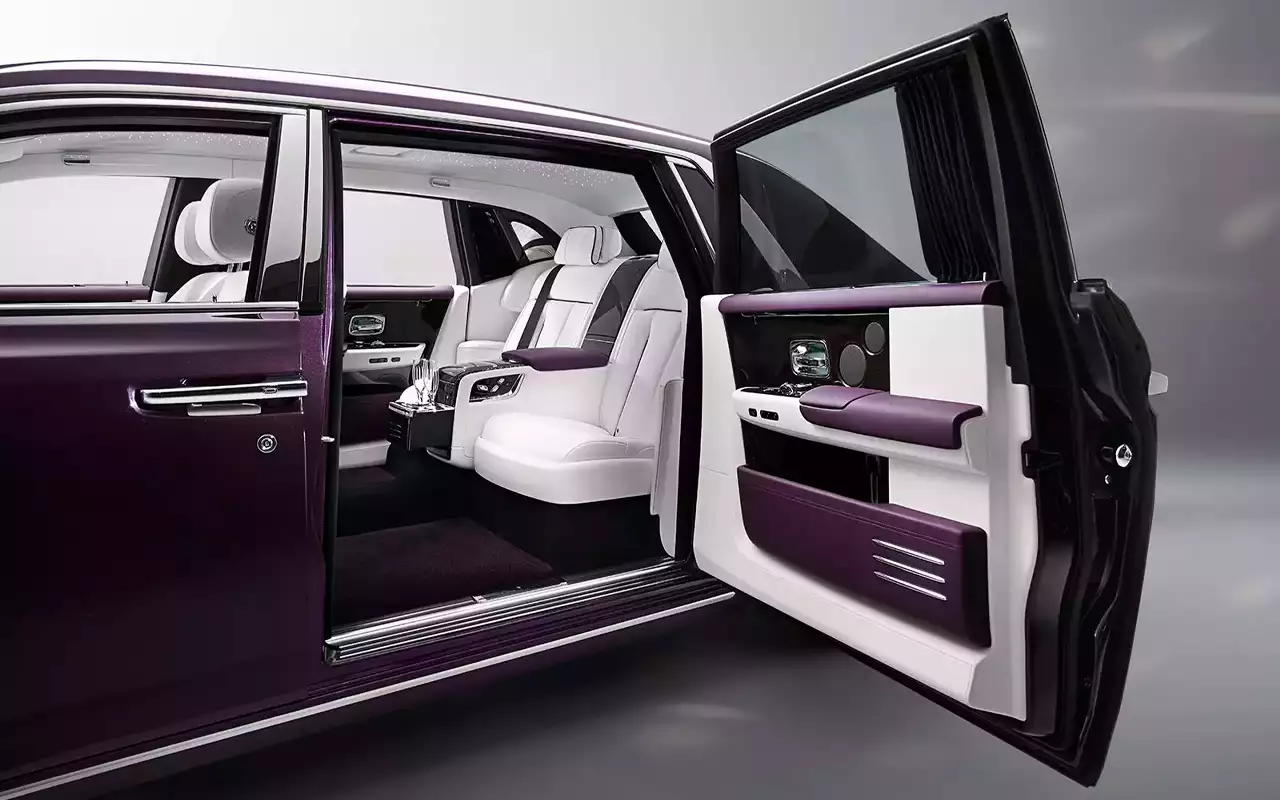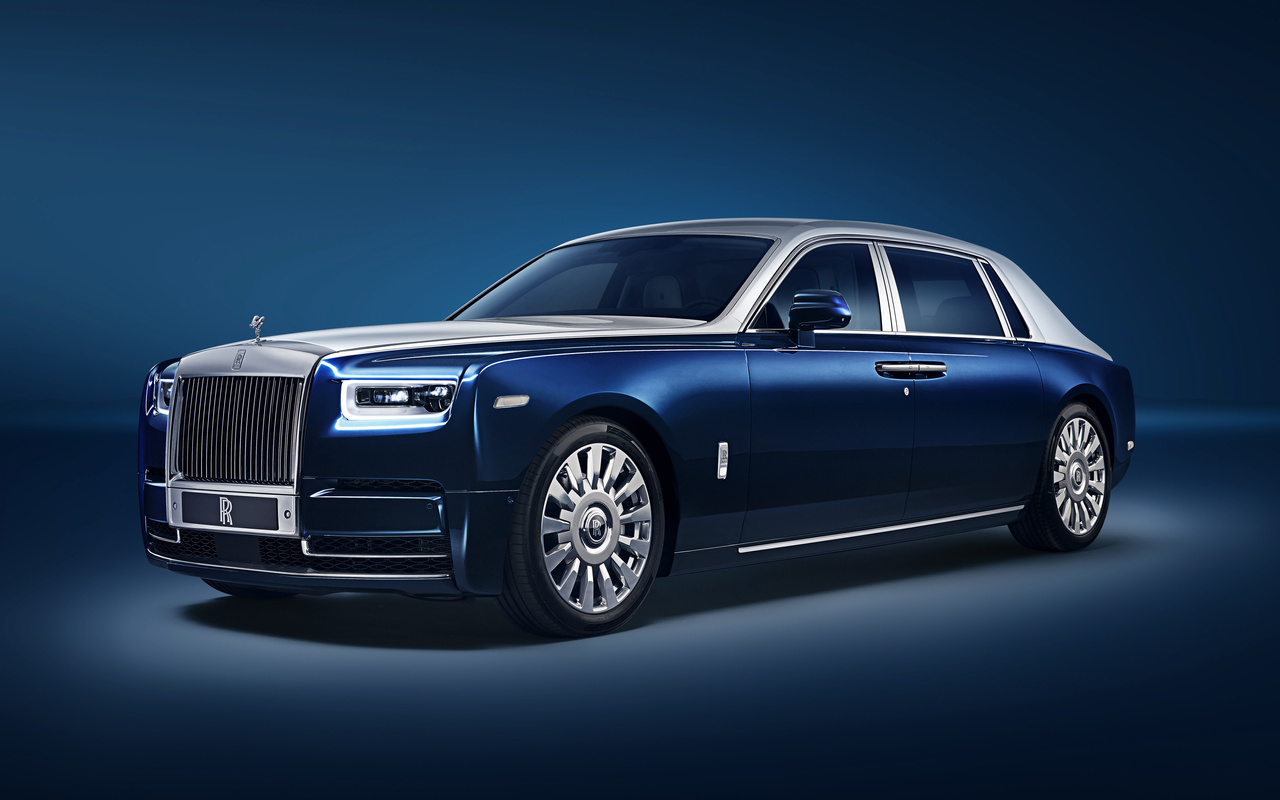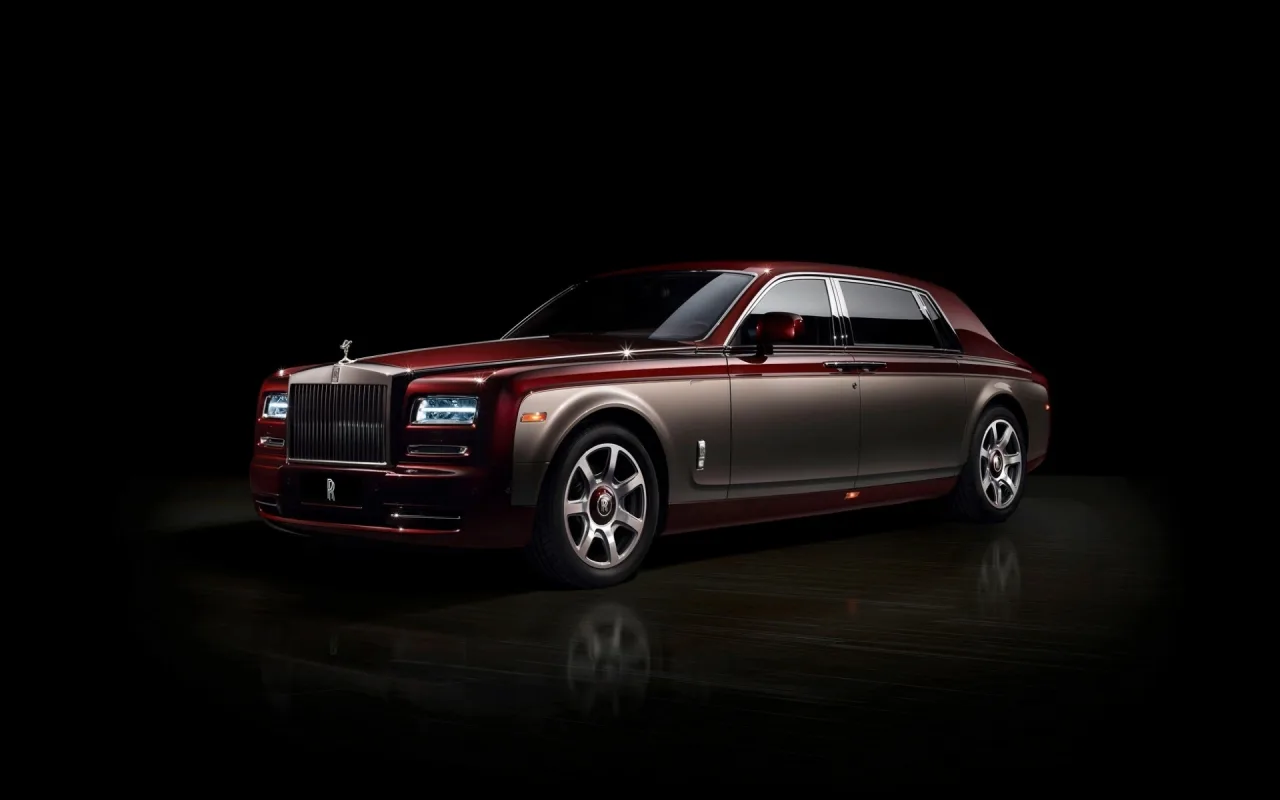The Rolls-Royce Phantom is a symbol of exclusivity and luxury. I had the opportunity to test drive it on its 100th anniversary and realised that it is not just a luxury car, but a whole world on wheels.
When you think of luxury cars, Rolls-Royce is probably the first thing that comes to mind. For several decades, the British company has been the benchmark among the most exclusive brands thanks to models such as the Phantom, which will celebrate its 100th anniversary in 2025. Now that I’ve sat behind the wheel of a Rolls-Royce Phantom, I realise that it’s much more than just luxury on wheels.
It is not easy for the same model to remain on sale for a whole century. Think about how the world has changed over the last 100 years, all the historical events that have taken place and how buyers’ tastes have changed. Nowadays, maintaining a car’s popularity for 30 years is already a success.
Everything changes, and it changes much faster, but Rolls-Royce is above all else. More than a century ago, the brand was born with the idea of standing out, and in 1925, a car hit the roads with an ambitious and clear goal: to become the best car in the world.
The goal of the Rolls-Royce Phantom was not to flood the streets like the Ford Model T, but to make a statement on a completely different level. It wanted to become the obvious choice for royalty, dignitaries and all kinds of influential figures from the worlds of politics and art. This has not changed in 100 years, but the car itself, understandably, has evolved significantly.

Perhaps the most radical changes took place in 2003, when the British company effectively came under the wing of BMW and the seventh generation was released. At that time, the design of the Rolls-Royce Phantom became more modern and closer to other luxury sedans of the time, but retained a number of classic features that set it apart from the rest.
This also applies to the eighth generation, the current one, released in 2017. It looks like a modern model, but at the same time it is unlike any other. Its appearance is impressive: 5.76 metres long (in the short wheelbase version, as there is also a 5.9-metre version), with a long, pronounced waistline and a sloping rear reminiscent of classic models.
However, the most recognisable detail is the front. The rectangular LED headlights are equipped with 480 lamps that imitate a starry sky, but you can only see them up close. Also noteworthy are the high bonnet, the recognisable radiator grille with vertical slats and the jewel in the crown: the Spirit of Ecstasy figure adorning the front.
Through the sliding doors, you enter the Phantom’s interior, where you realise that this is not a luxury car, but a whole world on wheels. The most striking thing is the quality of the finish and materials: you can choose anything you want (except for wood from protected species, for example). Everything creates an unmistakable feeling of quality.
In the front seats, you will see a steering wheel reminiscent of a ship’s wheel and a dashboard full of buttons, as touch control is too commonplace. There are physical controls for everything, and they are very convenient. There is even a disc (actually a classic BMW iDrive controller) to control the central screen, which has a different design in BMW.
You can hide this screen to enjoy the glass-covered control panel, behind which you can place any work of art: a specific design, a three-dimensional mosaic… Anything you want can be placed in an area called the ‘Gallery’. According to the brand’s employees, someone wanted to display a DNA diagram here. You have to be creative…
You will immediately feel comfortable in the front seats, but you can also enjoy this car in the back. Here you can sit comfortably and put your feet on soft rugs that are almost too nice to step on. The floor can be raised to make it easier to position your feet. This is one of the most striking details of the Phantom.

Of course, this is just one of many details. Two wooden picnic tables and multimedia screens are installed in the backs of the front seats; a small minibar with two glasses and a refrigerator can be installed between the seats; and on the ceiling, there is a classic lighting scheme that imitates a starry sky. By the way, there are even shooting stars.
What is it like to ride in a Phantom?
As you can imagine, everything I’ve mentioned, and many other details that I’ve left out, which is why this Rolls-Royce Phantom test had to be divided into several parts, make travelling on board truly special. Yes, there are plenty of comfortable saloons, but here you feel like a VIP from the very first minute.
In addition to the feeling of high quality that surrounds you inside, the acoustic glass blocks out almost all external noise. The active suspension also keeps the body stable and absorbs all bumps, creating the feeling that you are in a bubble, cut off from the outside world.
You couldn’t ask for more on long journeys, but my job is to test cars, so I get behind the wheel, even though I feel more comfortable than at home in the back seat. However, I’m glad I’m behind the wheel because the experience is not at all what I expected.
I’ve always heard that driving a Rolls-Royce isn’t that exciting, and it’s true: you won’t feel any sporty sensations behind the wheel, quite the opposite. However, it’s important to remember that this saloon is equipped with a 6.75-litre V12 engine with 571 hp and 900 Nm of torque, which is transmitted to the rear axle.
On paper, it claims to accelerate from 0 to 100 km/h in 5.5 seconds and reach a top speed of 250 km/h. For a car over 5 metres long and weighing 2,670 kg, this is quite impressive, although you don’t realise it until you press the right pedal.
Although not designed for this purpose, the Phantom drives surprisingly well. The eight-speed ZF automatic transmission shifts smoothly and quickly enough, and the engine pulls with remarkable ease and picks up speed imperceptibly. Everything is still very smooth, but you can easily accelerate.
The engine’s torque is impressive, and there are no driving modes, but there is a ‘Low’ button on the gear selector that changes the gear ratio for a sportier feel, allowing you to fully enjoy the car’s capabilities. At the same time, there is no drama, and composure is always maintained.

Normally, the V12 is barely noticeable in the cabin, just murmuring somewhere in the background. If you push harder, the noise increases, but it doesn’t overwhelm the cabin, and the handling doesn’t encourage you to explore its limits at every turn.
Despite the fact that there is more than enough power, the steering is light and has a large number of gear ratios, while also acting on the rear axle, helping to negotiate sharp turns and drive around town. I have already mentioned that the suspension smooths out bumps perfectly, and the pedals glide smoothly, like a knife through butter.
Ultimately, that’s the point. The Rolls-Royce Phantom embodies a completely different philosophy of travel, whether you are the driver or a passenger. It is above the dynamics of the most powerful saloons and the technology that fills the interiors of new cars; all of that is secondary. It is a different world, and perhaps that is why it has survived a century on the roads without any problems.
How many kidneys are we talking about?
To say that Rolls-Royce is expensive is an understatement, although you probably already know that. The price of a Phantom now starts at €520,000, and that’s before taxes and endless customisation options. The only limits are legality, ethics, your creativity and the zeros in your bank account.
That’s why it’s not difficult to get close to a million euros or even more for a car like this. However, according to representatives of the British firm, this is not just a car: every customer strives to create something unique and personal. Perhaps some people don’t understand this, but it’s obvious that we’re talking about a different world than the one we mere mortals live in.





